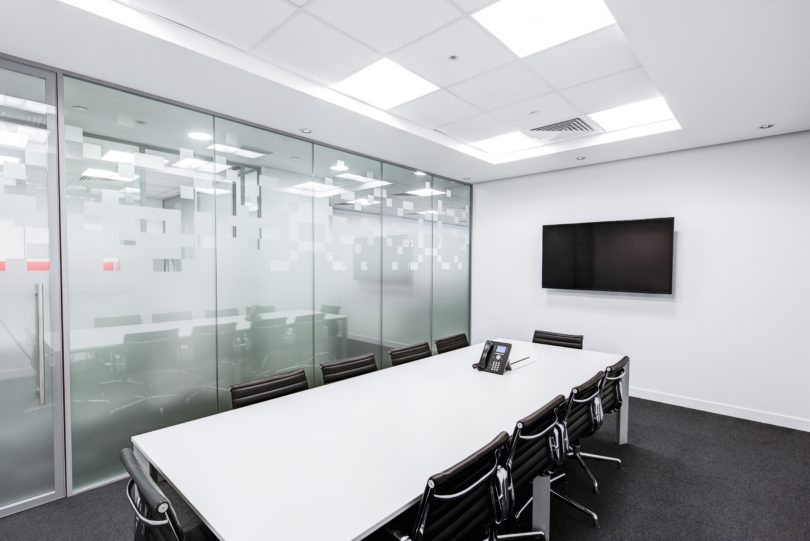New work from home policies worldwide have led to a reduction of office demand by up to 15%. As a result, many businesses today are looking for ways to diminish their workspace and in turn, save money.
Flexible working from home arrangements are being adopted by more companies, which increases office space vacancies. This situation may require you to rethink your business approach.
Is There Still a Need for Office Spaces?
While the COVID-19 pandemic shows that employees can work effectively from home, this extraordinary situation also shows some limitations of remote work. For instance, the success of many organisations still heavily depends on collaboration and face-to-face interactions.
In addition, offices are still one of the best places for learning opportunities, especially for younger employees — it’s all in the interactions your employees have. In such an environment, they can learn a lot about the company culture.
Research shows that conducting meetings is still more effective in the office, as 98% of video conference participants express frustrations with such sessions. Most complaints are due to poor sound, too many people talking simultaneously, and too much background noise.
Nonetheless, the hybrid office approach is here to stay. That’s why it’s important to learn how you can reduce office space and cut costs in the long term!
5 Ways to Reduce Office Space and Cut Costs
There is a clear need for many to downsize office space following the COVID-19 pandemic, as 76% of CEOs stated their organisations will need less space in the future.
To adapt to such circumstances, most companies offer different workspace opportunities for their employees — remote, on-site, or a combination of both.
As COVID-19 hit many companies negatively, business owners are thinking about ways of reducing office space and saving money. Take Yelp, a restaurant review platform, for example. The company is in the process of subleasing some of its unused office space, as they offer fully remote positions for their employees. As a result, they expect to save $10 million to $12 million a year until 2024.
Based on the above, you too can reduce office space and cut unnecessary costs if you follow some of our tips!
1. Transform vacant office space into a paid co-working space
Experts expect the co-working space industry to grow by 21% in 2021.
As more companies shift to a hybrid office model, co-working spaces have become a preference for many workers. 67% of Australian workers prefer the hybrid workspace model.
Not only do workers prefer this model, but landlords do too — Australian landlords have responded with more flexible lease offers due to uncertainty and low business confidence.
You can also use the new co-working space to create a work environment for professionals outside your company for a certain fee. This can help you pay for the office space rental and focus on your business growth!
2. Return some of the vacant office space to your property owner
If you do not need the whole office space as more of your employees are working remotely or in a hybrid work arrangement, you can negotiate to return some of it to your landlord.
You can also schedule your in-office employees on a rotating basis so that on certain days there will be no need for space.
When downsizing, you can earn extra money by selling unnecessary equipment and furniture. However, if your business plans on returning to in-person facilities in the future, the best option may be to store them in a secure storage facility. It is an extra cost – but way less expensive than renting unnecessary office space.
3. Take advantage of outsourcing
Over 30,000 businesses in Australia are outsourcing their activities, with an expected annual growth of 0.9% until 2025-2026.
Your business may wish to outsource certain marketing activities (like SEO) to agencies or expects rather than having these in-house. After all, efficient marketing budget management amid the COVID-19 crisis is essential.
Outsourcing some of your activities means fewer employees to manage in and out of the office – which can lead to increased efficiency and cost reduction.
4. Sublease your office space
The office sublease market has seen dramatic growth with the onset of the COVID-19 pandemic.
If you do not want your rented office space to go to waste, you can sublease some of it for an extra profit. In such an arrangement, everyone is a winner! However, before you do so, keep this in mind:
- Check your leasing contract. Make sure that you are allowed to sublease your office space to subtenants.
- Find suitable subtenant candidates. An ideal candidate would be a nearby business in need of more office space for expansion.
- Do not sublease your office space with your competitors. It might sound obvious, but you don’t want your competitors to share an office space with you. This can hurt your business in the long run.
5. Determine if you need parking spots.
Your company may pay additional fees for parking spots. That is why it’s important to objectively assess how much parking space you need in the post-COVID-19 world.
As more staff are working from home and fewer visitors are coming to the office, you can cut costs through reducing the number of parking spaces your business rents.
Key takeaways
52% of workers prefer a more flexible working model due to the COVID-19 pandemic.
With the potential to save by cutting down on office space, you can invest that money in things such as:
- More amenities for your employees
- Smart office technology
- An emergency fund
Keep these tips in mind as your business adapts for the future!
“The opinions expressed by BizWitty Contributors are their own, not those of BizCover and should not be relied upon in place of appropriate professional advice. Please read our full disclaimer."







